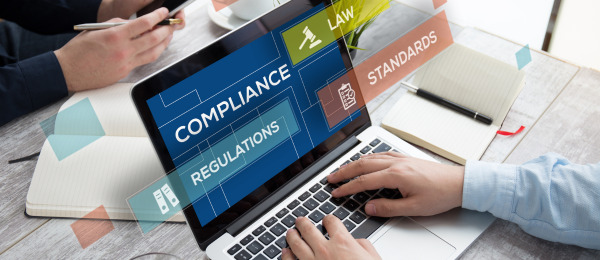The NIS2 Directive enhances the original NIS Directive to strengthen the security and resilience of essential services and digital service providers within the European Union. This article examines the consequences of NIS2 on Identity and Access Management (IAM) systems and outlines the necessary actions organizations should take to ensure compliance. We discuss key changes, the implications for IAM systems, and provide practical recommendations to help organizations align their IAM systems with the new regulatory requirements.
Introduction
The Network and Information Systems (NIS) Directive, initially introduced in 2016, was established to improve the cybersecurity and resilience of essential services and digital service providers within the European Union. The revised Directive broadens the original directive’s scope, emphasizing the importance of robust cybersecurity and Identity and Access Management (IAM) measures in safeguarding critical infrastructure. This article aims to provide a detailed understanding of NIS2, its consequences on IAM systems, and the necessary actions organizations should take to ensure compliance.
NIS2 Directive Summary
The NIS2 Directive introduces several key changes to the original NIS Directive, such as incorporating new sectors like public administration, waste management, and space operations. It increases the number of entities required to comply by including medium-sized businesses. The directive also enhances incident reporting requirements, obligating affected organizations to notify authorities of security incidents within 24 hours. Stricter penalties for non-compliance have been introduced, and organizations may face severe financial penalties for failing to comply with NIS2 requirements.
Consequences for IAM Systems
The NIS2 Directive has significant implications for IAM systems. Organizations must implement more stringent access controls and user authentication measures, such as multi-factor authentication (MFA) and role-based access controls (RBAC), to protect sensitive data and systems. Continuous monitoring and auditing of user activities and access logs are required to detect and respond to potential security threats. To address this, organizations must develop systems and procedures to track and analyze user behavior, proactively identifying and remediating potential risks. Companies must have efficient incident response plans in place, including the ability to revoke access, notify affected users, and recover from breaches. Developing comprehensive and tested incident response plans that can be executed swiftly in the event of a security incident is essential.
Action Needed for IAM Compliance
To ensure IAM systems are ready, organizations should take the following actions:
- First, conduct a thorough assessment of current IAM systems and processes to identify gaps in compliance with the given requirements. This assessment should be comprehensive, examining access control, authentication, monitoring, auditing, and incident response capabilities.
- Next, implement necessary improvements to access control and authentication mechanisms based on the assessment. This may include deploying MFA, refining RBAC policies, and strengthening password policies.
- Additionally, enhance monitoring and auditing systems to ensure comprehensive and continuous tracking of user activities and access logs. This may involve investing in advanced analytics tools, establishing regular audit processes, and training staff to identify and address potential security risks.
- Develop and test a comprehensive incident response plan that outlines the procedures to be followed in the event of a security breach. This plan should include clear roles and responsibilities, communication protocols, and recovery procedures.
- Lastly, establish a continuous improvement process to maintain compliance and adapt to evolving threats. Periodically review and update IAM systems, processes, and incident response plans to ensure they remain effective in addressing the dynamic cybersecurity landscape.
The NIS2 Directive represents an essential step toward ensuring a secure and resilient digital environment within the European Union. As organizations prepare for compliance, it is crucial to understand the implications of the directive for IAM systems and take necessary actions to align with the new regulatory requirements.


